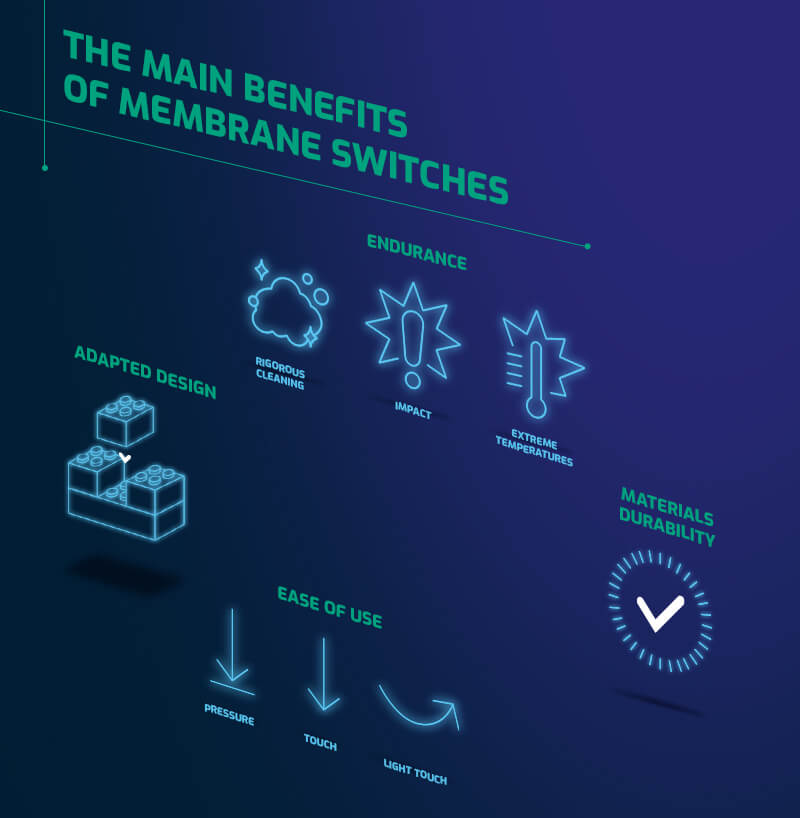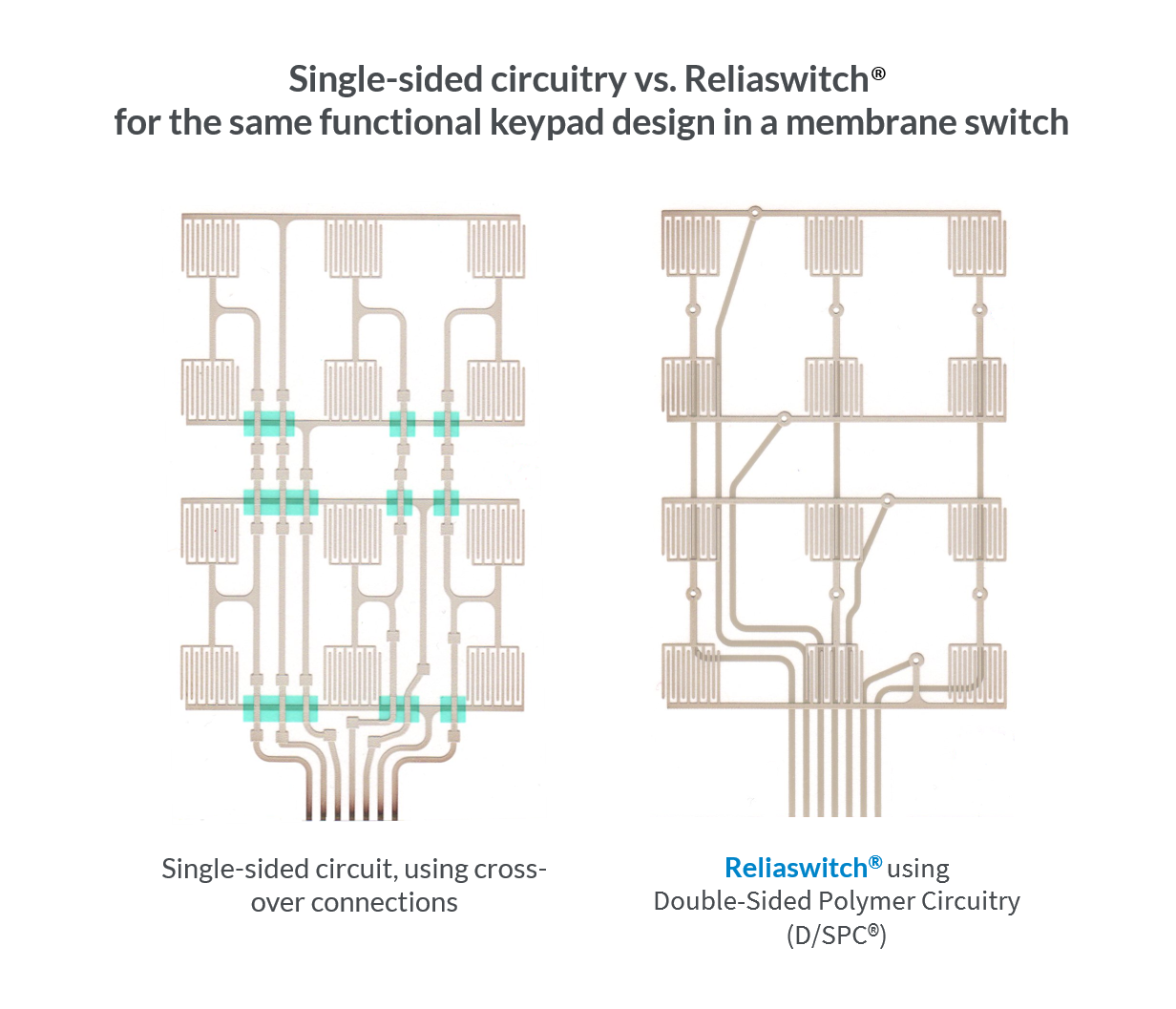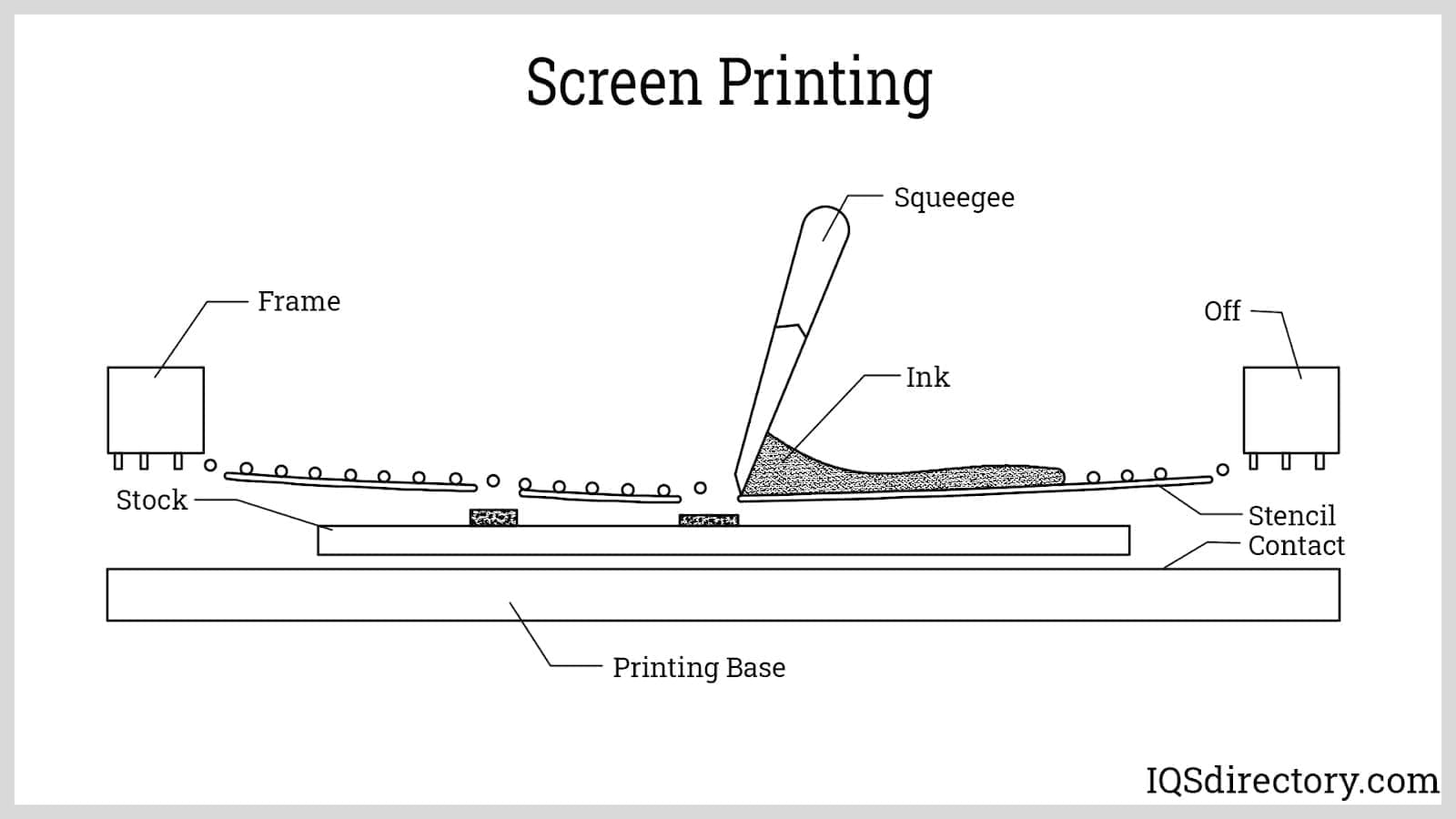The Production Refine Behind Membrane Layer Change: What You Need to Know
The production process behind membrane switches combines mindful style, product choice, and top quality control. It starts with comprehending the details of membrane layer button style and progresses through different phases, including product options and printing techniques. Each stage plays a vital role in making sure functionality and toughness. However, the complexities of layer construction and the strenuous screening requirements may expose understandings that are not immediately obvious. What lies beyond these fundamental elements?
Comprehending Membrane Layer Switch Over Style
Although membrane layer switches may appear basic at first glance, their design entails complex considerations that assure functionality and longevity. The layout process begins with a detailed understanding of user demands, consisting of the user interface's desired application and ecological factors. Ergonomics is a crucial element, as the format should assist in convenience of usage while guaranteeing that responsive feedback satisfies individual expectations.Moreover, the layering of elements, such as graphic overlays, adhesive layers, and conductive traces, should be exactly engineered. membrane switch. This split setup not just affects the button's responsiveness but additionally influences its long life. Focus is offered to the sealing techniques used to protect versus wetness and dirt, which can compromise efficiency. Furthermore, style factors to consider reach appearances, where color pattern and visual quality improve individual experience. Eventually, the layout of membrane switches equilibriums capability, user experience, and toughness, ensuring that they fulfill the demands of different applications efficiently
Materials Made Use Of in Membrane Layer Change Manufacturing
When selecting products for membrane button production, it is necessary to consider both efficiency and toughness. The main products consist of polyester and polycarbonate films, which give adaptability and strength. These films are frequently coated with sticky to ensure appropriate bonding to substrates. Conductive inks, normally composed of silver or carbon, are crucial for developing electric connections within the button, permitting dependable operation.Additionally, a safety layer, such as a difficult coat, is regularly applied to boost scrape resistance and longevity. The option of backing material, such as acrylic or foam, can significantly influence the button's responsive feel and general customer experience. Various environmental variables, consisting of temperature level and humidity, should assist product option to guarantee peak performance in certain applications. Inevitably, the ideal combination of products adds to the membrane layer switch's capability and life-span, making notified options vital for manufacturers.
The Printing Process: Creating Graphics and Text
The printing procedure in membrane layer button manufacturing plays a substantial function in creating high-quality graphics and text. Various visuals design methods are used to ensure visual allure and performance, while careful ink option approaches are vital for sturdiness and performance. Comprehending these components is fundamental for attaining best lead to membrane switch layout.
Graphic Design Techniques
Graphic layout techniques play a necessary function in the printing procedure of membrane layer buttons, as they specify exactly how graphics and message will ultimately show up on the end product. Effective graphic style includes the strategic use colors, layouts, and typefaces to improve readability and visual allure. Developers often make use of vector graphics for scalability, making sure that pictures remain sharp at numerous dimensions. In addition, attention to contrast and placement is vital, as it influences user communication and aesthetic quality. The consolidation of branding components, such as logo designs, should be handled with care to keep brand integrity. Overall, thoughtful visuals design strategies contribute significantly to the performance and attractiveness of membrane switches, impacting customer experience and item performance.
Ink Selection Approaches
Choosing the proper ink is vital for accomplishing the preferred visual quality and longevity in membrane switch manufacturing. Various ink types are made use of, consisting of solvent-based, water-based, and UV-curable inks. Each kind offers distinctive characteristics, such as adhesion, flexibility, and resistance to ecological aspects. Solvent-based inks are commonly preferred for their resilience and vivid colors, while water-based inks are more ecologically friendly yet might have limitations in bond. UV-curable inks give fast healing and robust efficiency. In addition, shade matching strategies guarantee that the chosen inks align with layout requirements. Eventually, the option of ink should consider elements such as application approach, substrate compatibility, and end-use requirements to accomplish exceptional results in membrane layer switch graphics and text.
Layer Building And Construction and Assembly

Product Option Refine
A mindful selection of materials is necessary in the production procedure of membrane switches, as it directly influences functionality and toughness. The main products made use of consist of polyester, polycarbonate, and different conductive inks. Polyester is usually preferred for original site its excellent resistance to chemicals and abrasion, making it suitable for harsh settings. Polycarbonate, on the various other hand, offers remarkable clarity and effect resistance, which is useful for applications needing exposure and toughness. Conductive inks, usually made up of silver or carbon, are crucial for producing trustworthy electric pathways. In addition, the option of adhesive products impacts the total honesty of the button - membrane switch. Examining variables such as ecological exposure, tactile comments, and aesthetic needs overviews producers in choosing the finest products for their certain applications
Layer Attachment Methods
Adhering layers in membrane layer button building and construction is an important process that guarantees capability and longevity. Different adhesion methods are used to safeguard optimal bonding between layers, which typically consist of the usage of adhesives, warmth, and pressure. Pressure-sensitive adhesives (PSAs) are frequently utilized for their simplicity of application and prompt bonding capabilities. Furthermore, thermal bonding strategies can be used, where heat is used to trigger glue buildings, safeguarding a solid bond. The choice of attachment method largely depends upon the products entailed and the details application needs of the membrane layer switch. Proper alignment and uniform application of adhesives are vital to avoid defects, securing the button operates effectively throughout its designated life expectancy.
Quality Assurance Steps
Guaranteeing quality assurance throughout the layer construction and assembly of membrane layer buttons is necessary for preserving performance and dependability. This process commonly includes several essential actions, including thorough evaluations at each phase of production. Manufacturers use advanced testing approaches, such as peel tests and attachment go now assessments, to confirm the honesty of layer bonds. In addition, visual examinations are conducted to recognize any problems in printing or product disparities. Ecological problems, such as temperature and moisture, are thoroughly kept track of to ensure optimal treating and adhesion. Regular calibration of equipment helps keep specific production requirements. By carrying out these high quality control procedures, producers can significantly decrease the risk of item failing, ensuring that the final membrane switches over satisfy the needed specifications and customer assumptions.
Checking and Quality Assurance Measures

Developments in Membrane Switch Over Innovation
As developments in technology proceed to progress, membrane buttons are gaining from innovative growths that improve their functionality and customer experience. One significant development is the integration of capacitive touch modern technology, which enables for even more user-friendly and responsive interface. This shift not just enhances aesthetics yet also lowers mechanical deterioration, expanding the life-span of the switches.Additionally, innovations in graphic overlay products have brought about improved longevity and resistance to environmental variables such as wetness and UV light. These products now use boosted clearness and illumination, further raising the aesthetic appeal.Furthermore, the incorporation of wise technology is transforming membrane layer switches into interactive control board, making it possible for connectivity with IoT gadgets. This connection fosters a seamless customer experience, leading the way for applications in different sectors, from healthcare to consumer electronic devices. Jointly, these innovations setting membrane layer switches over as critical elements in contemporary tool layout.
Frequently Asked Concerns
The length of time Does the Membrane Layer Switch Over Manufacturing Process Take?
The duration of the membrane switch production procedure can differ substantially. Factors such as complexity, materials used, and production volume influence timelines, with normal manufacturing varying from a couple of days to numerous weeks for conclusion.
What Are the Usual Applications for Membrane Layer Buttons?
Membrane layer buttons are generally made use of in numerous sectors, including automotive controls, house devices, clinical tools, and customer electronic devices (membrane switch). Their convenience and durability make them ideal for applications requiring user-friendly user interfaces and reliable efficiency in varied settings
Can Membrane Layer Changes Be Customized for Specific Needs?

What Is the Life expectancy of a Regular Membrane Switch?
The life expectancy of a regular membrane layer switch varies, but typically, it varies from 1 to 5 million cycles. Variables such as use, setting, and material quality significantly affect longevity and total efficiency over time.

Are Membrane Layer Changes Ecologically Friendly?
The environmental check out this site friendliness of membrane layer switches over differs. Some products utilized may not be recyclable, while others can be environmentally friendly. The overall impact relies on making methods and materials, demanding cautious consideration during option and disposal. The production process behind membrane switches over combines cautious style, material option, and high quality control. It begins with understanding the details of membrane layer switch layout and advances through various phases, including product options and printing techniques. When picking products for membrane button manufacturing, it is essential to ponder both performance and durability. A mindful choice of products is necessary in the manufacturing procedure of membrane buttons, as it directly affects performance and durability. The selection of adhesion approach mainly depends on the products included and the particular application needs of the membrane button.